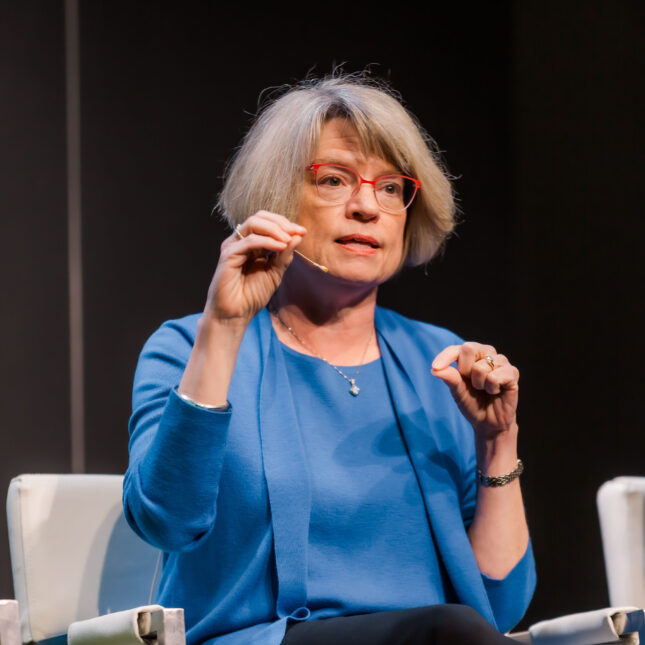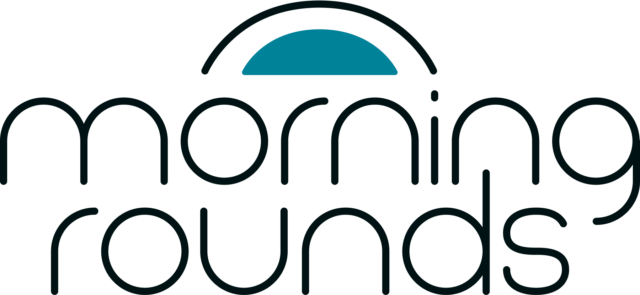
Science is a team sport, and those teams are getting larger. While that expansion might help researchers answer complex biomedical questions by working together, a recent study suggests that this trend has hampered the career prospects of Ph.D. graduates.
The authors analyzed 40 years of data from a National Science Foundation survey that tracks Ph.D. graduates. They then combined this data with the average team size in a researcher’s field at the time they earned their doctorate, calculated based on the number of authors listed on published research. Doing so showed that, as team size has risen, young researchers have become less likely to earn tenure and secure research funding, and are more likely to leave science altogether.
The findings, published last week in the journal Nature Biotechnology, come at a time when academia is grappling with an unprecedented exodus of life science researchers, a trend that is already impacting basic research in university labs.
To better understand the results and their implications, STAT caught up with co-author Donna Ginther, a labor economist at the University of Kansas who has for years studied the scientific labor force. “As your team size gets large, it’s hard to tell who does what,” making it difficult to know whether someone is capable of working as an independent scientist, Ginther said.
She has previously examined the challenges facing postdoctoral researchers and was recently part of a National Institutes of Health advisory committee that recommended that postdocs get a sizable raise.
This conversation has been edited for length and clarity.
What was already known about the role of teamwork in science before this study, and what didn’t we know that you wanted to answer?
A lot of people have looked at what teams produce. There’s a nice literature that talks about how large teams tend to produce incremental science, and small teams produce innovative science. But few people have looked at the impact of teams on career outcomes. This project started in 2018, when I was on sabbatical in Australia. My three other collaborators are in Australia, and [co-authors] Catherine de Fontenay and Kwanghui Lim had developed a theoretical model which showed that, as team size gets larger, it’s hard to tell who does what on the team, so the signal of your contribution becomes noisy.
They were interested in exploring that impact on career outcomes. What we show is that the average team size in your field at the time that you graduate affects your career outcomes 10 years later. So if on average teams are larger, then your chances of getting an academic job, getting tenure, and getting research funding go down.
You gathered data on Ph.D. graduates across science, from math to physics and astronomy to biology. Was there anything special or different about the impact of team size in biomedical science?
For the life sciences, we have a natural experiment, with the doubling of the NIH budget [between 1998 and 2003]. And we show that when the NIH budget doubled, team size in biomedical fields grew by one person relative to other life science fields and other fields in general. So this suggests that funding contributes to building bigger teams. But we didn’t really do separate analysis [of the team size effect] by field, because we were trying to see what happens across fields and across time.
Were certain groups of researchers more impacted than others?
When you interact team size with female, the effects are exacerbated for getting a tenure-track position, getting research funding. When you look at the effect for foreign-born [researchers], we see some evidence that it [further] reduces the probability of a tenure-track position and getting tenure and research funding, and it also increases the likelihood that you do a postdoc.
The number of people entering science has outpaced growth in faculty positions for years now. Is the “team size” effect you’re reporting simply a function of that trend?
I think that has an effect, right? As the number of tenure-track faculty stay constant, and the number of graduate students increases, by definition, your teams, your labs, are going to increase in size.
What do you think is the main reason increased team size might be harming young researchers’ career prospects?
I think it’s not knowing who does what. On small teams, the division of labor is pretty well defined. But as that team size gets large, and without looking carefully at contribution statements — and not knowing whether or not you can trust those contribution statements — it’s hard to tell who does what. So then you need more information to discern whether or not these people have the skills to be independent researchers.
At least in the life sciences, people typically look at authorship order, with the first author credited for driving the project and middle authors assumed to play smaller roles. Is your point that this practice doesn’t fully clarify who did what?
I don’t think it completely solves that question. We have new work where we’re going to be looking at author contribution statements to see who did what on the paper and see whether or not that gives us the information.
Based on these findings, are there any potential changes that could benefit early-career researchers?
I think helping identify individual scientist contributions to a team would help the information problem. So author contribution statements, letters of recommendation that clearly state that this scientist did this work on these projects. Trying to solve the information problem is one issue. How we reward teamwork is another question. If you produce a lot of papers on a team, is that a good thing? Should we be quality-adjusting those papers? I think that is a wide-open question that we need to have a better answer for.
What should Ph.D. students or postdocs take away from this study?
I think that individual researchers can use this information as they select which labs they want to be part of going forward. With the big, famous scientist with lots and lots of people in the lab, you may not get their attention. You may not get the career development you need. With the young, up-and-coming person who’s newer on the block as a [principal investigator], you might get more attention. You might get more opportunities in a smaller lab. So you need to weigh those [factors].






